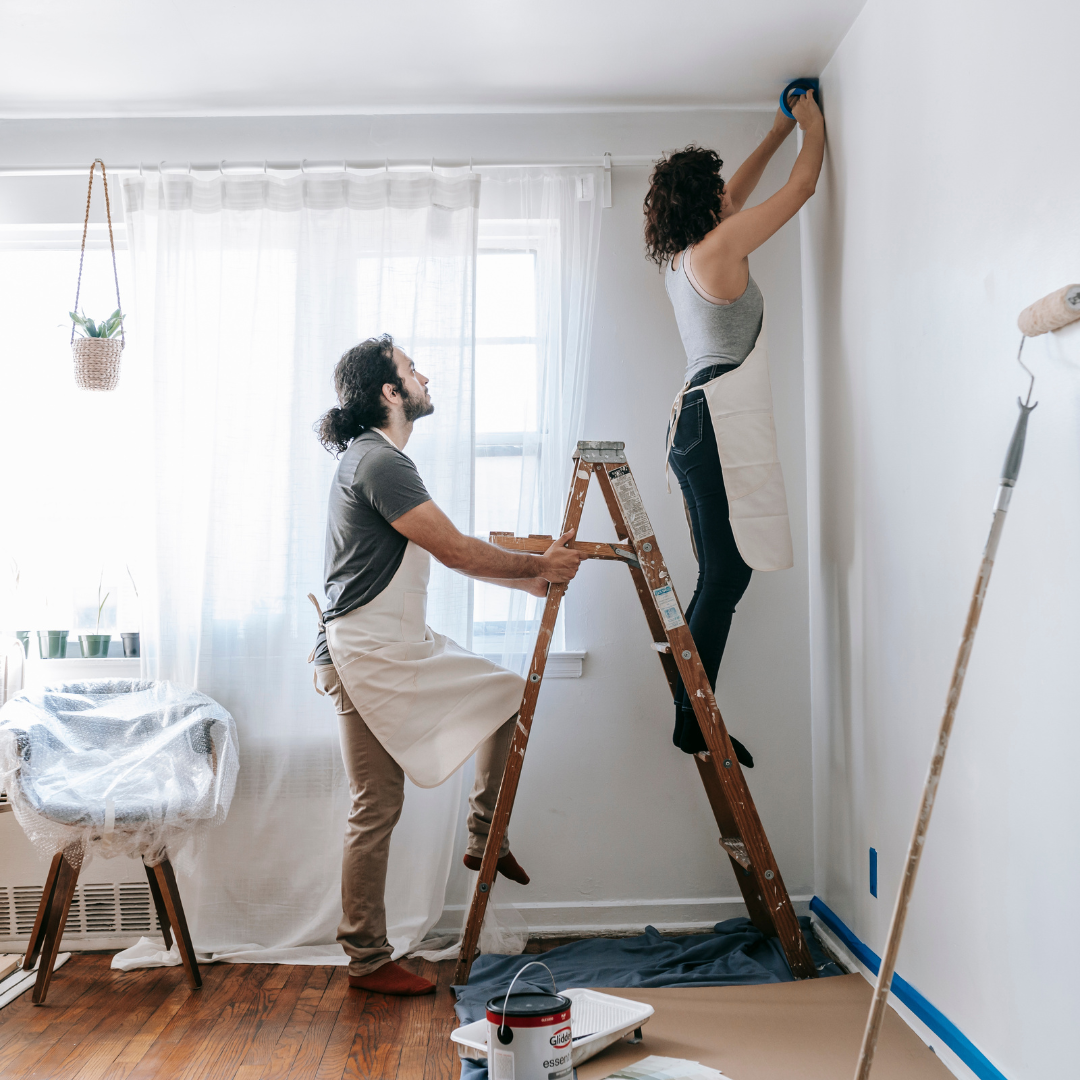Renovating a home while living in it poses unique challenges, yet many homeowners find it necessary or rewarding. Effective planning and organization are essential to minimize disruption and enhance the renovation experience. Homeowners can adapt their living spaces during projects, making adjustments that accommodate both daily life and construction work.
To streamline the process, it helps to create a detailed schedule that outlines when specific areas will be worked on and how they will be used. Establishing temporary living arrangements or designating work-free zones in the home can alleviate some of the stress associated with ongoing renovations. Communication with contractors about timelines and expectations further ensures that the project remains on track.
Homeowners should also prepare for potential inconveniences by prioritizing essential renovations first. By addressing critical upgrades, they can create a more manageable living environment while other improvements take place. This structured approach can ultimately lead to a successful renovation experience that enhances the home’s value and livability.
Planning Your Renovation Journey
Effective planning is crucial for a successful home renovation while living in the space. Key considerations include setting realistic goals, budgeting wisely, and thoughtful design and space planning. Addressing these factors will help ensure comfort and satisfaction throughout the renovation process.
Setting Realistic Goals
Renovation goals should reflect both immediate needs and long-term visions. Identifying priorities helps manage expectations.
- Focus on Essentials: List the necessary upgrades and improvements.
- Set Timeframes: Outline how long each phase should take. This helps prevent frustration.
- Be Flexible: Anticipate potential delays and challenges. Adjust plans as required.
By breaking down objectives into manageable tasks, the individual can create a clearer roadmap for their renovation journey.
Budgeting for Your Project
A detailed budget is a cornerstone of any renovation project. It ensures that spending aligns with financial resources.
- Estimate Costs: Gather quotes for materials and labor to approximate total expenses.
- Include Contingencies: Reserve 10-20% of the budget for unexpected costs.
- Monitor Spending: Use budgeting tools for tracking progress against the planned budget.
By diligently planning finances from the outset, stress and surprises can be minimized during the renovation process.
Design and Space Planning
Thoughtful design and space planning are essential to maximizing efficiency and comfort.
- Assess Current Layout: Identify areas that may benefit from reconfiguration.
- Consider Functionality: Each space should align with daily activities and flow.
- Incorporate Storage Solutions: Utilize vertical space and multi-functional furniture to enhance usability.
Design plays a significant role in shaping the overall experience during renovations, ensuring that the home remains both functional and appealing even amid ongoing work.
Executing Your Renovation
Successfully navigating home renovation while living in the space requires strategic planning and effective execution. Key aspects include selecting the right professionals, breaking down renovations into manageable phases, and controlling dust and debris to maintain a livable environment.
Choosing the Right Contractors
Selecting qualified contractors is crucial to the success of any renovation. Homeowners should seek recommendations from trusted sources and check online reviews. It’s important to interview multiple contractors to assess their expertise, availability, and communication style.
When considering bids, be cautious of significantly low prices, which may indicate subpar work. Verifying licenses and insurance is essential to protect against potential liabilities. Create a clear contract outlining project timelines and payment schedules to prevent misunderstandings during the renovation.
Prioritizing Renovation Phases
Breaking the renovation into phases helps manage time and budget. Determine which areas need immediate attention and which can wait. Critical spaces, like kitchens and bathrooms, may take precedence as they impact daily routines.
Plan renovations in a logical order, starting with structural changes, followed by systems like plumbing and electrical, and then cosmetic updates. This approach minimizes disruption and allows for gradual improvement. Create a timeline with milestones to keep the project on track and ensure efficient execution.
Managing Dust and Debris
Maintaining a clean and safe environment during renovation is vital. Homeowners should cover furniture and floors to protect against dust and debris. Utilizing plastic sheeting can help contain mess in work zones.
Strategically scheduling renovation tasks can reduce long-term living disruptions. It’s advisable to tackle one area at a time to limit the spread of dust. Regular cleaning with vacuums equipped with HEPA filters can help maintain air quality. Consider using air purifiers to further reduce dust levels in living spaces.
Maintaining Comfort and Safety
Renovating a home while living in it requires careful planning to ensure comfort and safety. Focusing on effective living arrangements, maintaining air quality, and securing construction zones will enhance the renovation experience and minimize disruptions.
Living Arrangements During Construction
Establishing a designated living area is crucial. Designate a comfortable space away from construction zones to maintain daily routines. Consider using rooms that can remain untouched, like bedrooms or guest rooms.
Temporary dividers or furniture arrangements can help create a cozy atmosphere in these spaces. Keep essential items organized and easily accessible to avoid unnecessary stress.
If possible, designate areas for work and relaxation separately. This separation helps individuals manage noise and distraction, contributing to a more comfortable living environment.
Ensuring Ventilation and Air Quality
Proper ventilation significantly affects comfort during renovations. Keep windows open in non-construction areas to enhance airflow. Utilize fans to circulate air and minimize odors from paints or materials.
Consider investing in air purifiers to filter dust and airborne particles. These devices improve indoor air quality and can mitigate allergens, making the space safer for occupants.
Regularly check HVAC systems to ensure they function properly and replace filters as needed. Maintaining clean air helps promote a healthier living environment during home renovations.
Securing Construction Zones
Safety is paramount when construction is present. Clearly mark off construction zones with barriers or tape to deter entry. Using signage can inform others about ongoing work and potential hazards.
Ensure tools and materials are stored securely to prevent accidents. Keep walkways clear to mitigate trip hazards and maintain optimal safety for all household members.
Regularly inspect the construction area for debris and dispose of waste promptly. Clear construction zones contribute to both the safety and comfort of living spaces during renovation activities.



